FOOD PARCELS, MEDICAL SUPPLIES
SRC on Wednesday also pointed out that the emergency humanitarian kitchen in this tranche of support aims to provide “daily hot meals” for at least 7,000 displaced families and medical evacuees in temporary shelters run by the Egyptian Red Crescent, in the first phase.
“The close proximity of North Sinai to the borders of Gaza reduces logistical challenges and facilitates prompt delivery of warm meals for the affected,” the organisation stated.
Additionally, volunteers will be procuring supplies for food parcels, which contain “basic food items” like rice, pasta, flour, salt, oil, tuna, tomato paste, biscuits and jam.
They will work closely with the Egyptian Red Crescent to procure these food supplies directly from suppliers in Egypt, before the food parcels are transported into Gaza via trucks.
These food parcels are expected to support more than 9,000 families for five to seven days.
SRC will also procure medical supplies – including medical consumables such as first aid items, blood pressure monitors, pulse oximeters, finger splints, nebulizer sets and other “urgently needed” medical items requested by the Palestine Red Crescent Society and hospitals in Gaza.
These supplies will be procured in Singapore and delivered to Egypt, before they are transported to Gaza for distribution in hospitals, the organisation added.
But while this may be the plan, volunteers must also know how to adapt to various scenarios and challenges that may arise when working with the communities they are trying to help.
For instance, there are strict conditions for the trucks before they can enter Gaza. Sometimes, when a certain item in a truck is not allowed, the whole truck will be turned back, Mr William illustrated.
This lack of predictability is why some organisations and governments have resorted to airdrops to get relief supplies into Gaza, he said.
“The situation on the ground is changing so obviously we need to adapt to the vulnerabilities of the communities that we’re trying to help. We can’t just say, okay, this is our solution to their particular problem,” added Mr van der Ros.
Having basic disaster response training of a “certain standard” also enables SRC volunteers to utilise these skills without too much stress once they are deployed on a “more critical” mission, and engage with each other easily even if they are working together for the first time.
And while this is the first time SRC has deployed civilian volunteers for relief efforts in the Gaza crisis, some of the eight short-term volunteers have extensive experience in other humanitarian aid missions.
Nonetheless, Mr van der Ros’ team is supported by a larger team that is on “24-hour standby”, he said, adding that this bigger team monitors events “that could affect the success of the mission” and the volunteers’ safety.
“This is one of those crises where the operations become very unpredictable. It changes from day to day … that’s why we have invested a bit in putting a team on the ground,” added Mr William.
“You may ask why we don’t send more people. We don’t want to become a hindrance as well … We don’t need humanitarian tourism. We need people who can actually work on the ground and not get in the way of operations.”
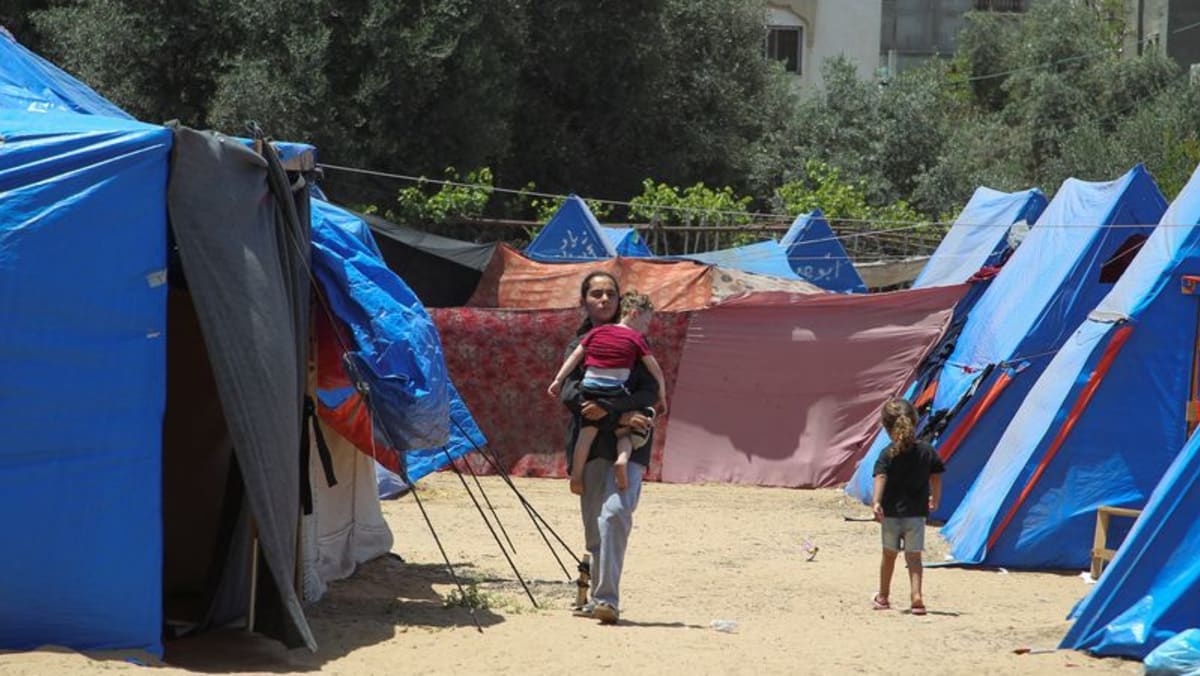
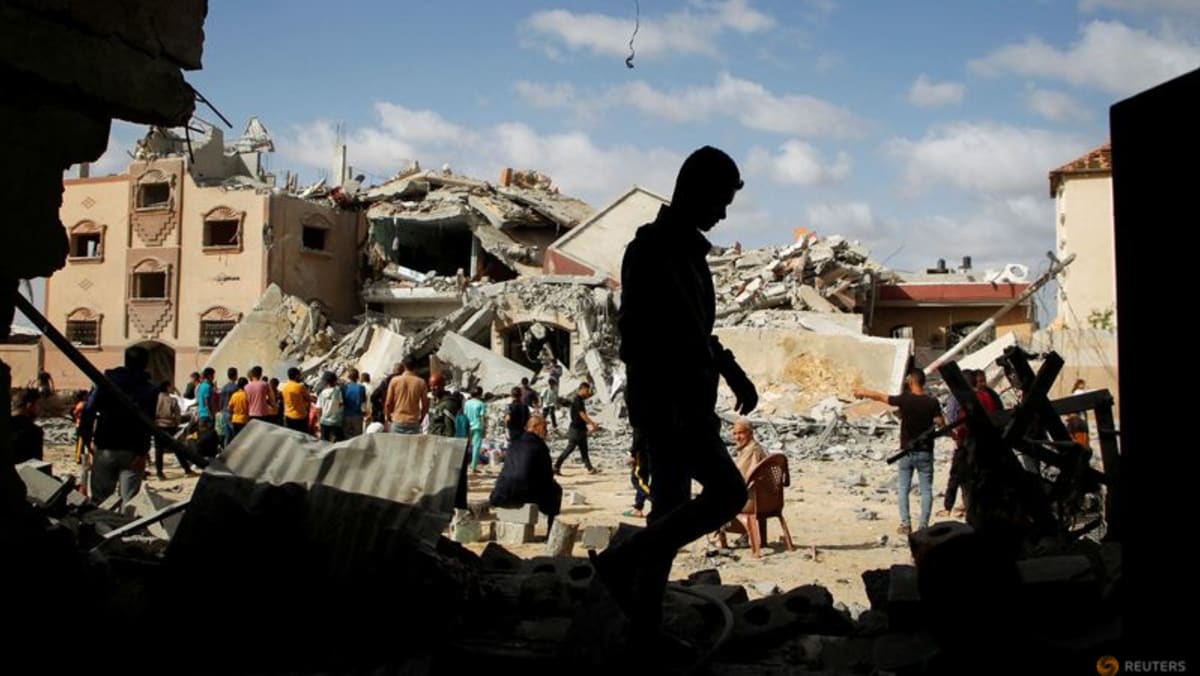



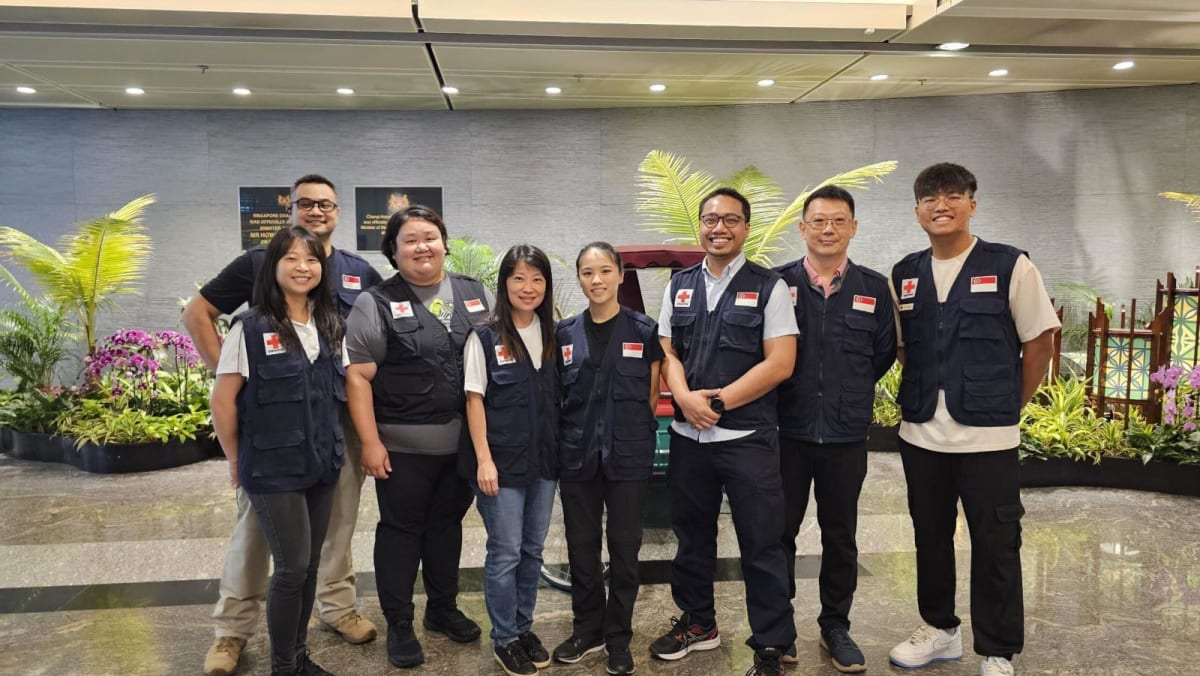
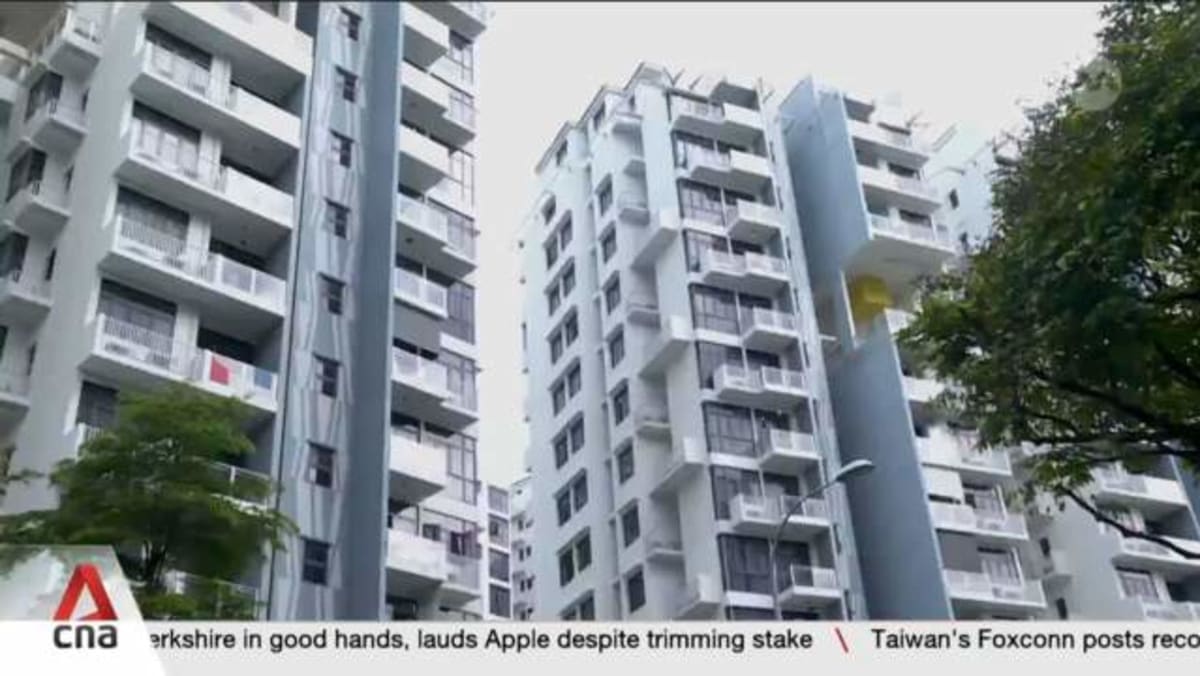

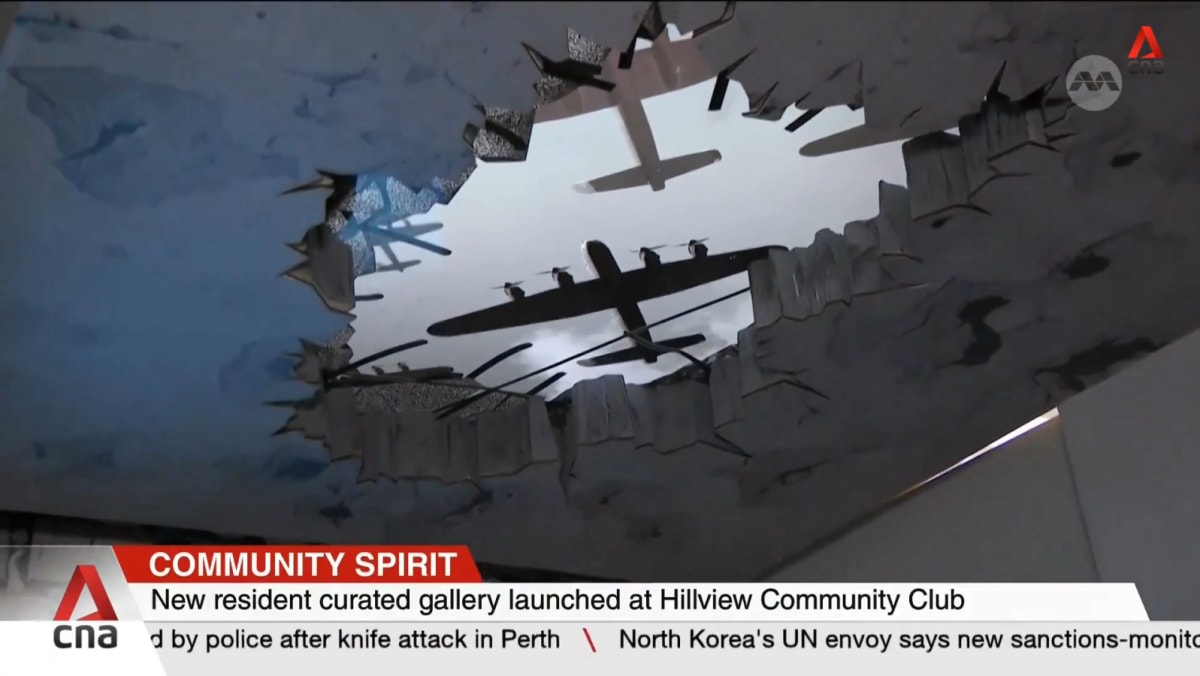


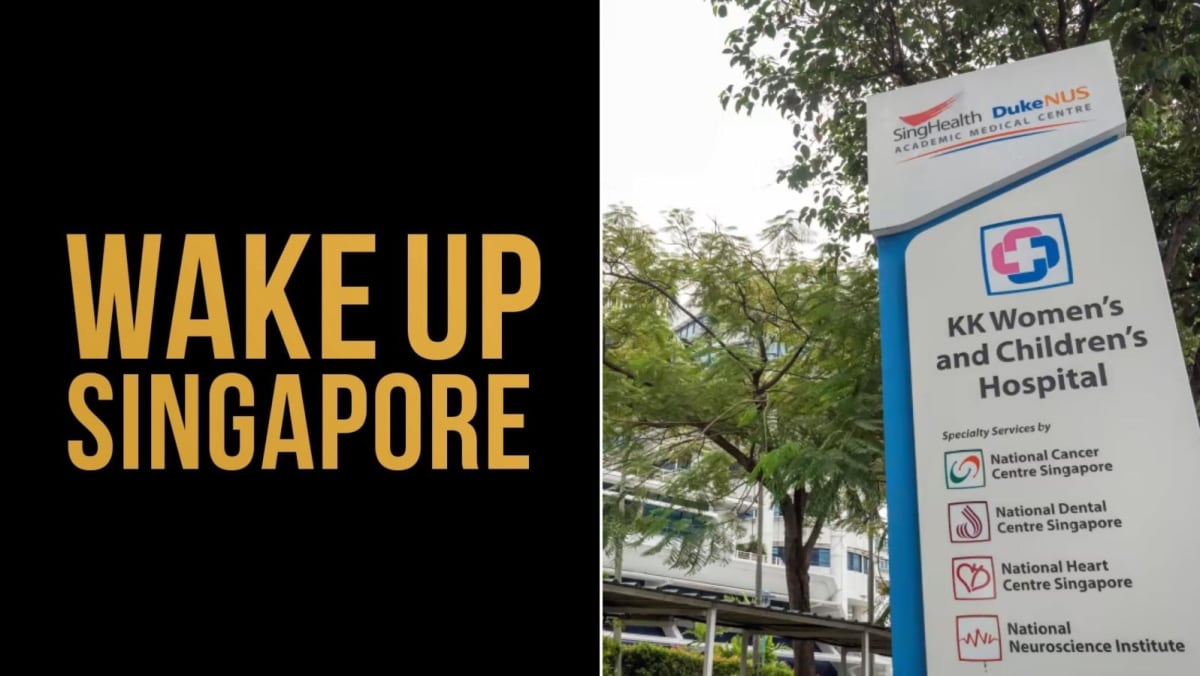
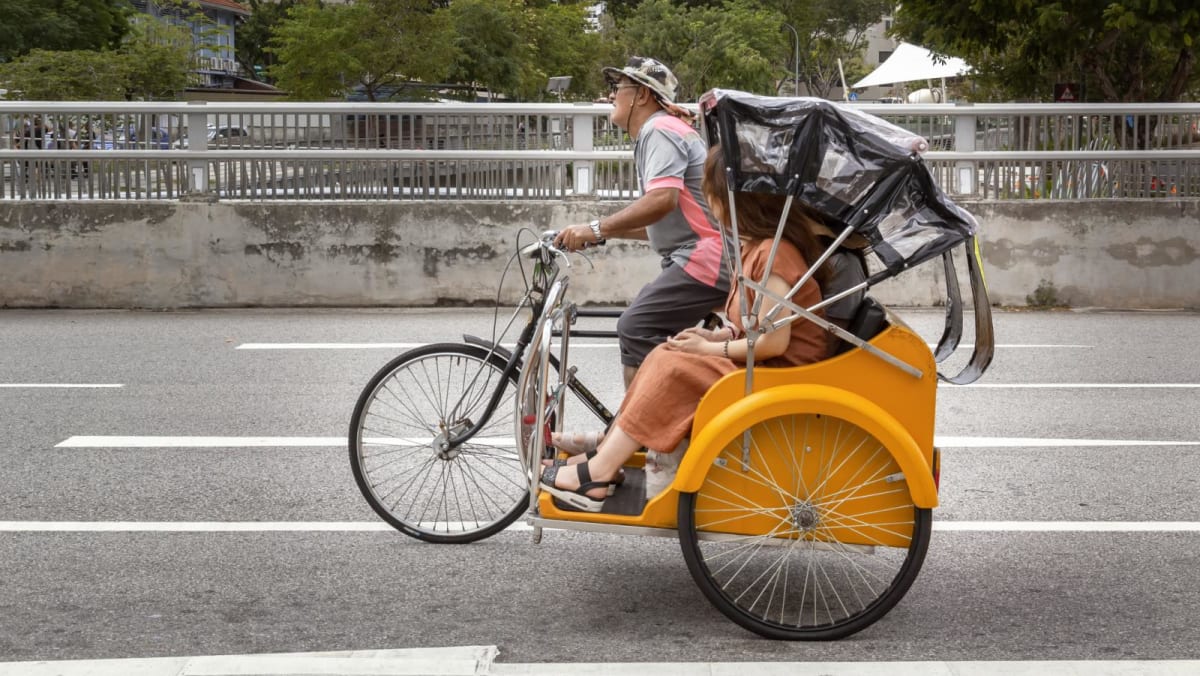
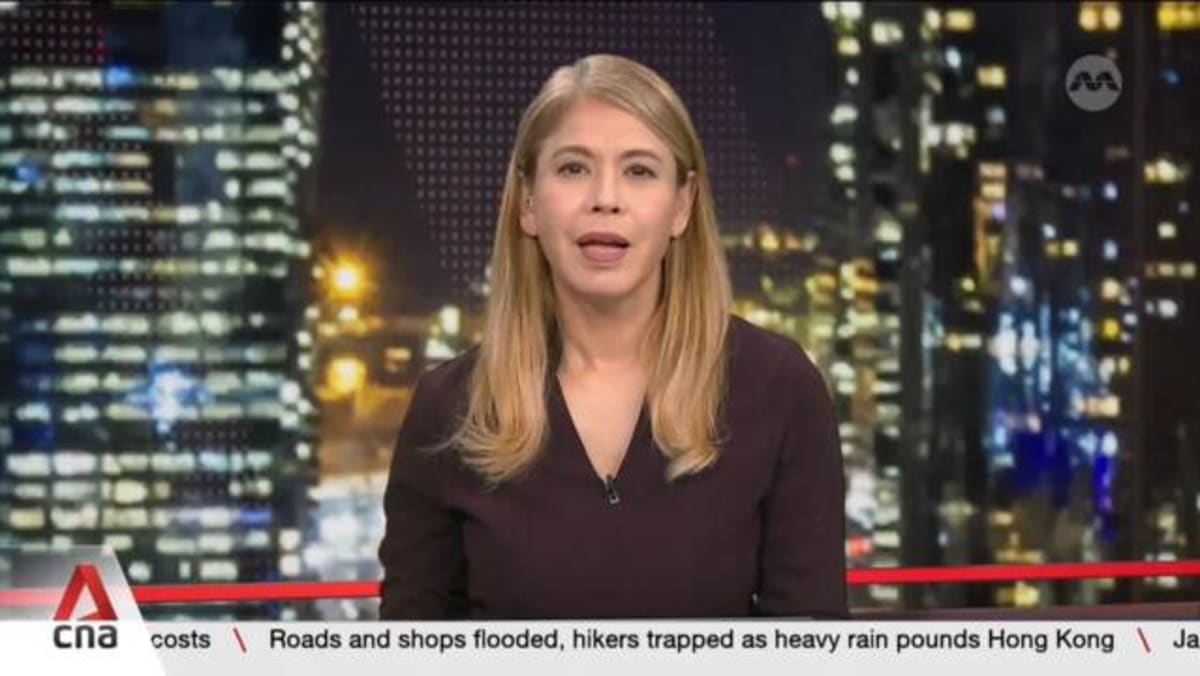
_0.jpg?itok=KfdsMYXX)